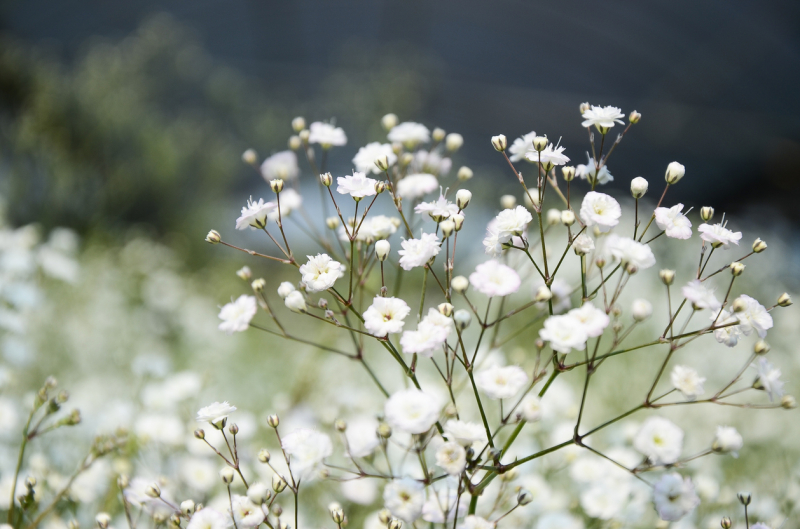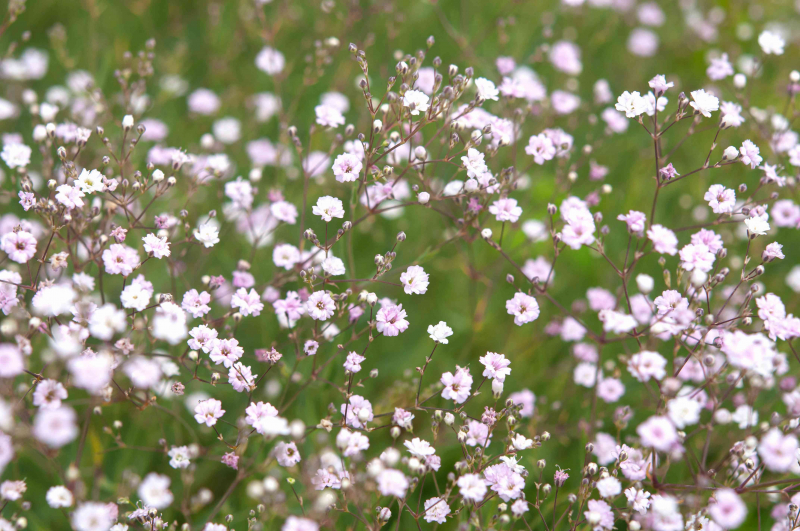Baby’s Breath

Baby’s breath is a group of annual and perennial herbaceous plants that belongs to the carnation family, the same as Caryophyllaceae. It contains numerous five-petaled little white or pink blooms, which are arranged in a profusion on branching tall stems, and slender, bluish-green, lance-shaped leaves. Baby's breath stems split into a variety of branches, giving floral arrangements, rock gardens, and bouquets an exquisite misty appearance.
Both the baby's breath plant's edible roots and its tiniest blossoms have been utilized as cut flowers and therapeutic ingredients. Gypsophila can grow as tall as fifty cm. Baby's breath is indigenous to regions including Australia, Eurasia, Africa, and the Pacific Islands. Their scientific name, Gypsophila, is derived from the Greek words "gypsies" and "Philos", which respectively indicate "gypsum" and "loving". They contain multiple brown or black seeds in the kidney or snail-shaped capsules with rounded or oval shapes that open at valves.
In the spring and summer, flowers bloom. Some regions have declared certain plant species to be invasive weeds. Baby's breath spreads from seeds. They can grow in fertile, light soils with full to partial sun, although proper drainage is crucial. Additionally, they enjoy moist environments and require watering during dry spells for quick growth.











